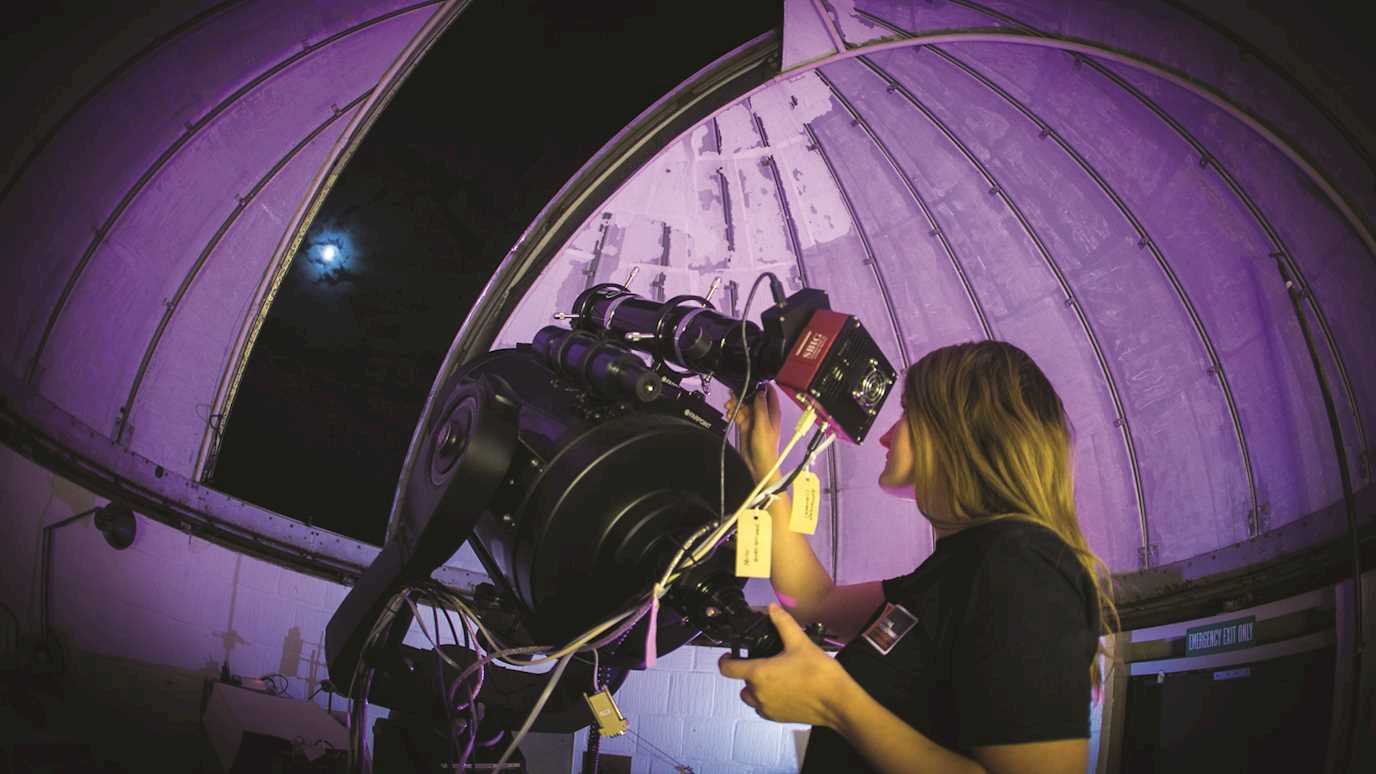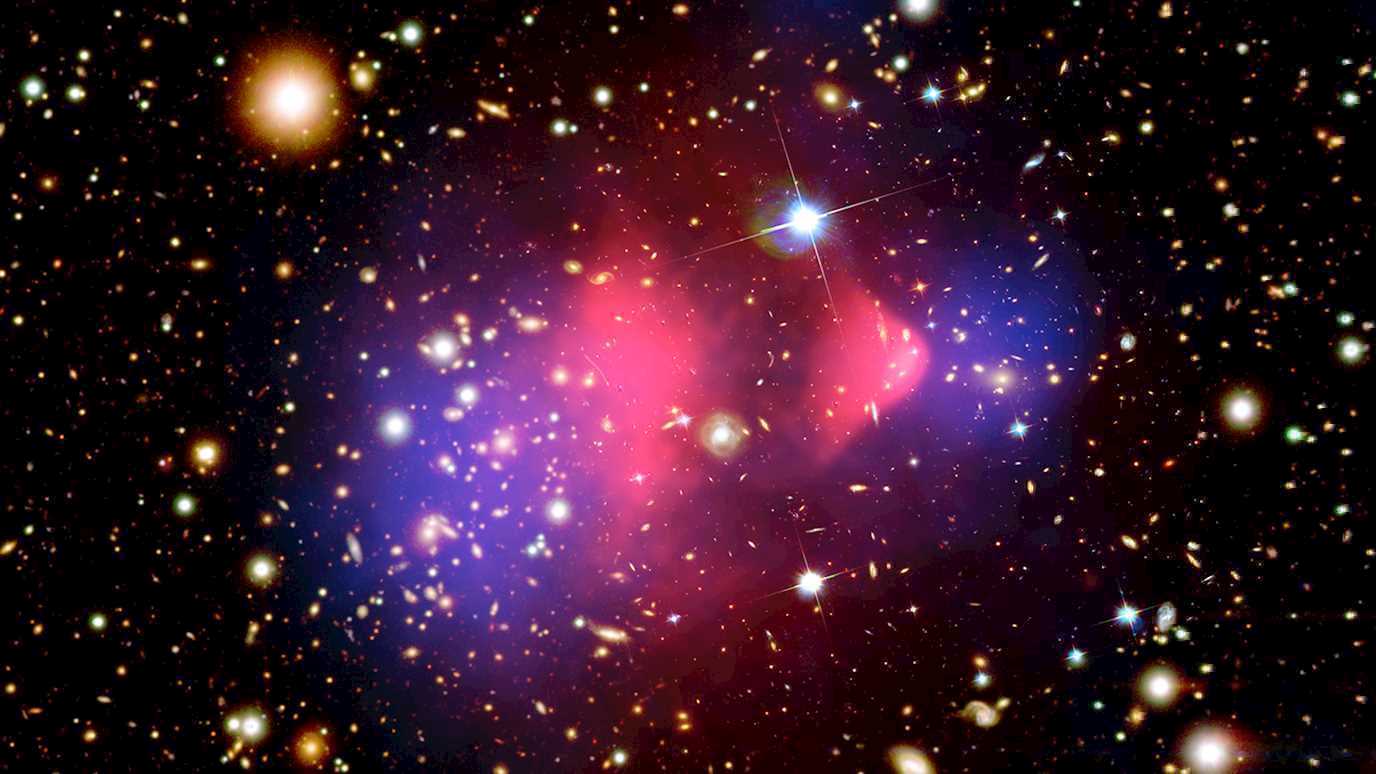Dr Jan M. Tomczak (Institute for Solid State Physics, TU Wien, Vienna, Austria)
Realistic many-body theory of Kondo insulators: Renormalizations and fluctuations in Ce_3 Bi_4 Pt_3
Our theoretical understanding of heavy-fermion compounds mainly derives from iconic models, such as those due to Kondo or Anderson. While providing invaluable qualitative insight, detailed comparisons to experiments are encumbered by the materials' complexity, including the spin-orbit coupling, crystal fields, and ligand hybridizations.
In this talk, I will present a study of the paradigmatic Kondo insulator Ce3Bi4Pt3 with a first principles dynamical mean-field method that includes these complications. We find that salient signatures of many-body effects in this material---large effective masses, the insulator-to-metal crossover, the concomitant emergence of Curie-Weiss behaviour and notable transfers of optical spectral weight---are captured quantitatively. With this validation, we elucidate the fabric of the many-body state. In particular, we extent the phenomenology of the Kondo crossover to time-scales of fluctuations: We evidence that spin and charge degrees of freedom each realize two regimes in which fluctuations adhere to vastly different decay laws. We find these regimes to be separated by a common temperature Tmaxχ, linked to the onset of Kondo screening. Interestingly, below (above) Tmaxχ, valence fluctuations become faster (slower) than the dynamical screening of the local moments. Overall, however, spin and charge fluctuations occur on comparable time-scales of 𝒪(0.5 − 12 fs), placing them on the brink of detection for modern time-resolved probes.























